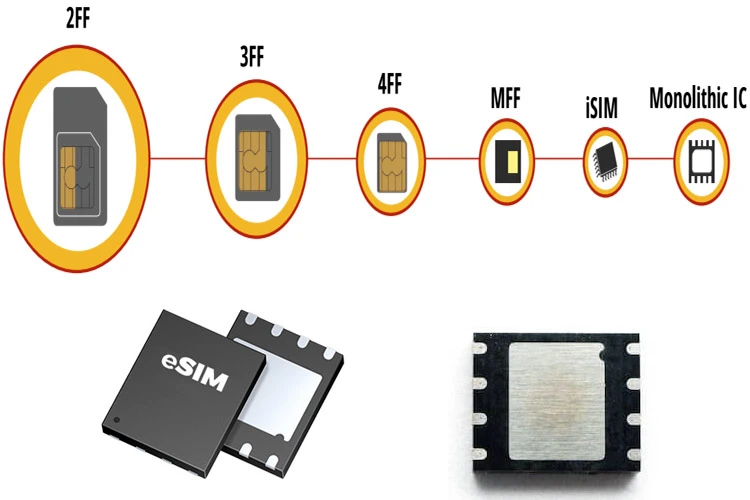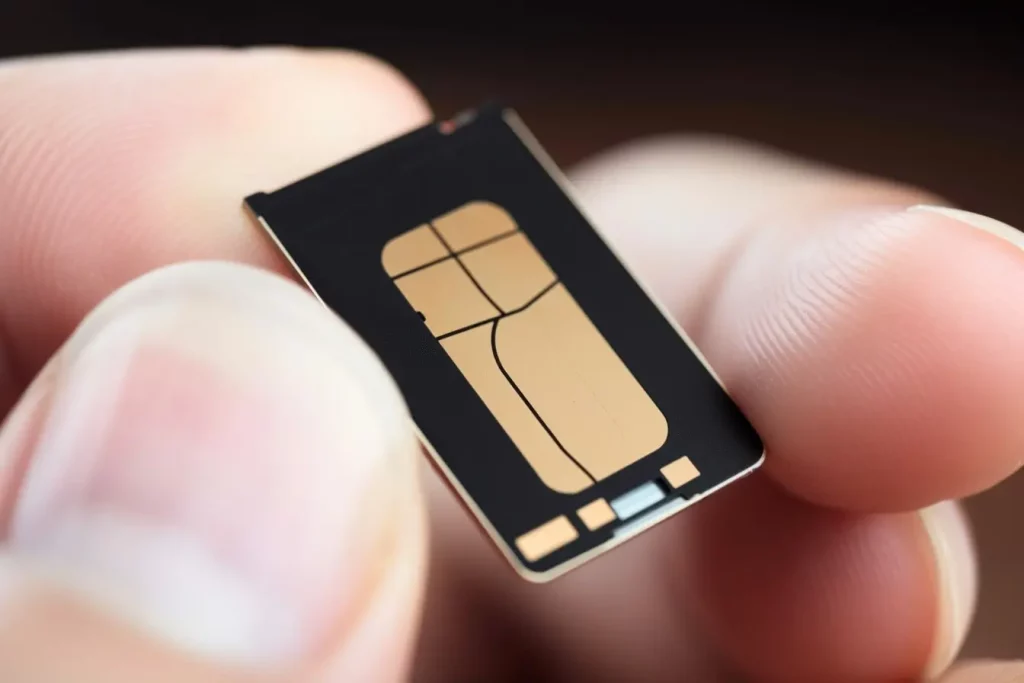Are you curious about what an E-Sim is and how it works? E-Sims are a revolutionary new technology that has replaced physical SIM cards and enables you to use your smartphone without having to switch between different devices. In this article, we’ll explain what an E-Sim is, its benefits, and the technical details of how it works.
What is an E-Sim?
An E-Sim (short for embedded SIM) is a virtual SIM card that is embedded in your device, rather than a physical SIM card. This means that you don’t have to switch between different devices when you want to use your smartphone. Instead, you can activate your E-Sim and you’re ready to go.

Benefits of E-Sims
E-Sims offer several benefits over traditional physical SIM cards. First, they are much more convenient and easy to use. You don’t have to worry about carrying around multiple SIM cards or swapping them out when you want to switch to a different device. Additionally,
E-Sims are more secure than physical SIM cards since they are embedded in the device, making it much more difficult for someone to steal or clone your SIM.
Here you can find a list of 2023 Smartphones that support e-Sim technology: e-sim supported smartphones.
How Does an E-Sim Work?
An E-Sim works by using a special code linked to the device. This code is then used to authenticate the device and connect it to a network. Each device’s code is unique and stored on a secure server.
The process of activating an E-Sim is relatively simple. First, you’ll need to download the E-Sim app on your phone. Once you’ve done that, you’ll be able to enter the code that is linked to your device. Once you’ve entered the code, your device will be connected to the network.
Technical Details of an E-Sim
E-Sims use a slightly different technology than traditional physical SIM cards. Traditional SIM cards use a technology called Subscriber Identify Module (SIM), which is embedded in the card and is used to store information such as the phone number and service provider.
E-Sims, on the other hand, use the eUICC (embedded Universal Integrated Circuit Card) technology which is embedded in the device, rather than on a physical card, and is used to store information such as the phone number, service provider, and other authentication data.
The Cons of Using e-Sim Technology
While e-SIMs have many benefits, there are also some downsides to consider:
- Limited device compatibility: Not all devices are compatible with e-SIM technology, so you may not be able to use an e-SIM with your current device.
- Carrier support: Not all carriers support e-SIMs, which means you may not be able to switch to the carrier of your choice if they don’t support e-SIMs.
- Activation issues: Some users have reported difficulties activating their e-SIM, which can be frustrating and time-consuming.
- Security concerns: Since e-SIMs are programmable remotely, security breaches and hacking are risks.
- Cost: While e-SIMs may offer greater flexibility, they may also come at a higher cost than traditional SIM cards.
- You can not pull out the card and use it on another phone that does not support e-SIM.
It’s important to weigh the pros and cons before deciding whether an e-SIM is right for you.
Conclusion
E-Sims are a revolutionary new technology that has replaced traditional physical SIM cards and offer a number of benefits. They are more convenient and secure, and the process of activating an E-Sim is relatively simple.
If you’re looking for a more convenient and secure way to use your smartphone, then an E-Sim is definitely worth considering.
Reference
What is Embedded SIM (eSIM) Technology and how can it help with IoT Product Designs? Link to the resource





